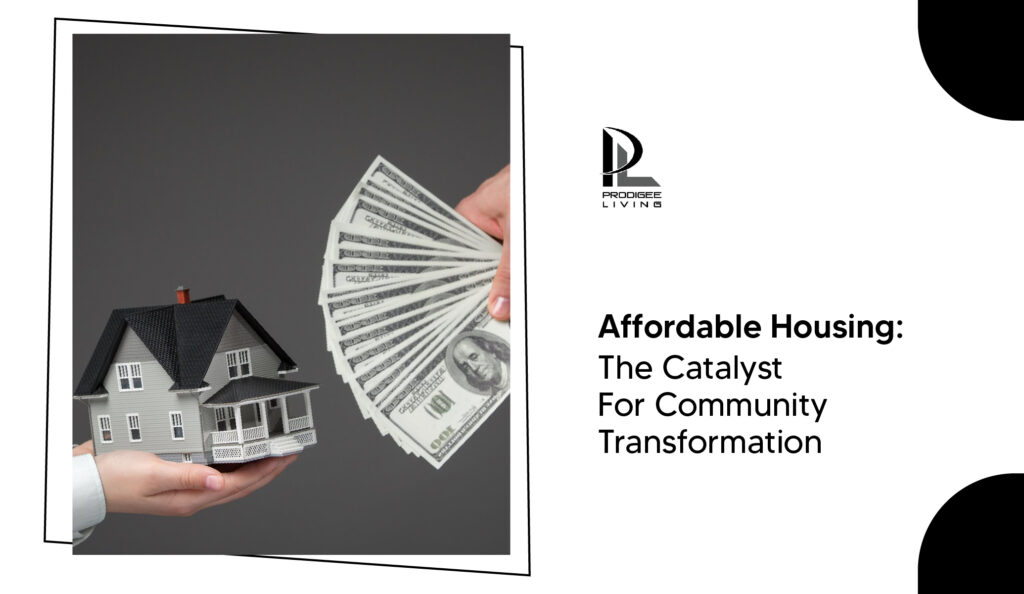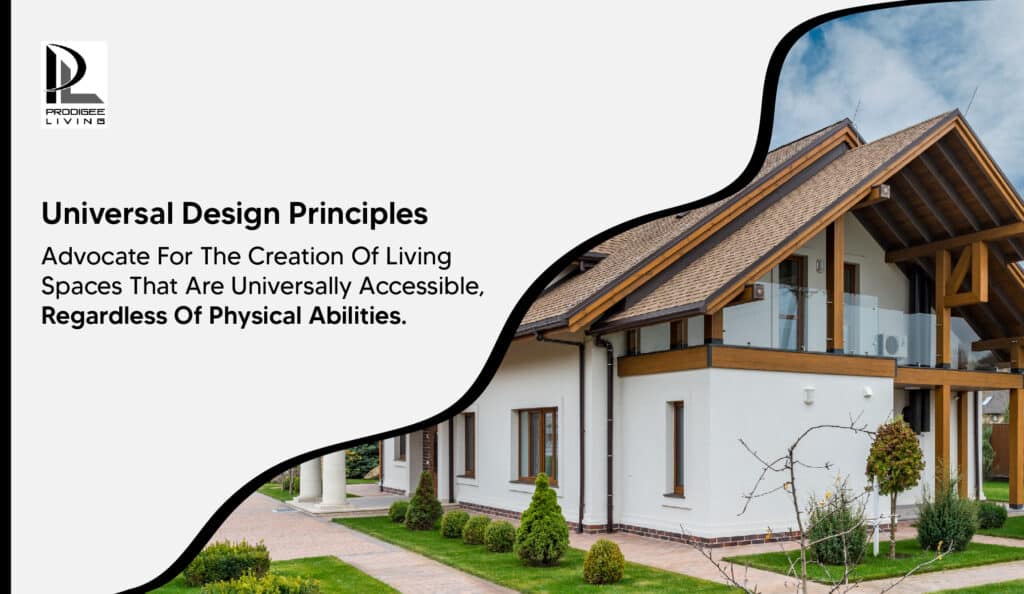This article highlights the crucial role of housing in community transformation, highlighting its role in reshaping neighborhoods, fostering inclusivity, and also unlocking growth opportunities, thereby promoting lasting positive change.

Affordable Housing: The Catalyst for Community Transformation
Building Strong Foundations
Affordable housing fosters community transformation by offering stable foundations for individuals and families, symbolizing stability, dreams realization, and also thriving societies.
The Challenge of Affordability
What’s more? the challenge of affordability casts a shadow over many regions globally. Rising property values and rising rental costs have made the housing market difficult for many, especially in urban areas where demand exceeds supply.
Innovative Solutions to Affordability
Addressing this pressing issue necessitates the pursuit of innovative solutions, including:
- Government Initiatives: Governments can play a central role by subsidizing housing costs for low-income individuals and families. Investment in affordable housing projects ensures that housing remains accessible to all citizens.
- Nonprofit community land trusts are entities that acquire and manage land for the benefit of the community, thereby safeguarding affordable housing options in gentrifying areas.
- Developer incentives such as tax breaks, can be used to encourage the incorporation of affordable housing units in projects.
- Promoting mixed-income communities fosters economic diversity, reduces poverty concentration, and also promotes balanced and resilient neighborhoods.
Accessible Housing for All
Integral to the concept of community transformation through housing is ensuring accessibility for individuals of all ages and abilities. In addition, communities should be designed to accommodate diverse needs, including those of people with disabilities and older adults.

Embracing Universal Design Principles
Universal design principles advocate for the creation of living spaces that are universally accessible, regardless of physical abilities. These principles encompass:
- Zero-Step Entrances: Eliminating steps and creating seamless entrances ensures that wheelchairs and strollers can easily access homes.
- Wide Doorways and Hallways: Spacious interior spaces accommodate mobility aids and facilitate easy movement.
- Accessible Bathrooms: Bathrooms equipped with grab bars, roll-in showers, and adjustable fixtures cater to a wide range of needs.
Fostering Age-Friendly Communities
Inclusive communities should cater to the needs of older adults, offering essential services, social engagement, and secure environments for dignity and independence in aging.
Sustainability and Environmental Responsibility
Community transformation through housing involves environmental sustainability, ensuring solutions align with green initiatives to reduce ecological footprint and secure a healthier future for all.
Championing Sustainable Building Practices
Sustainable building practices prioritize the use of eco-friendly materials, energy-efficient designs, and renewable energy sources. These practices not only benefit the environment but also lead to long-term cost savings for homeowners.
Embracing Green Spaces
The incorporation of green spaces within housing developments enhances aesthetics and encourages community engagement and well-being. And also, these areas provide residents with the opportunity to connect with nature, enjoy outdoor activities, and create a sense of belonging.
The power of housing in community transformation is undeniable. Affordable housing, accessibility, sustainability, and inclusivity are the pillars that can reshape neighborhoods and also empower their residents.
